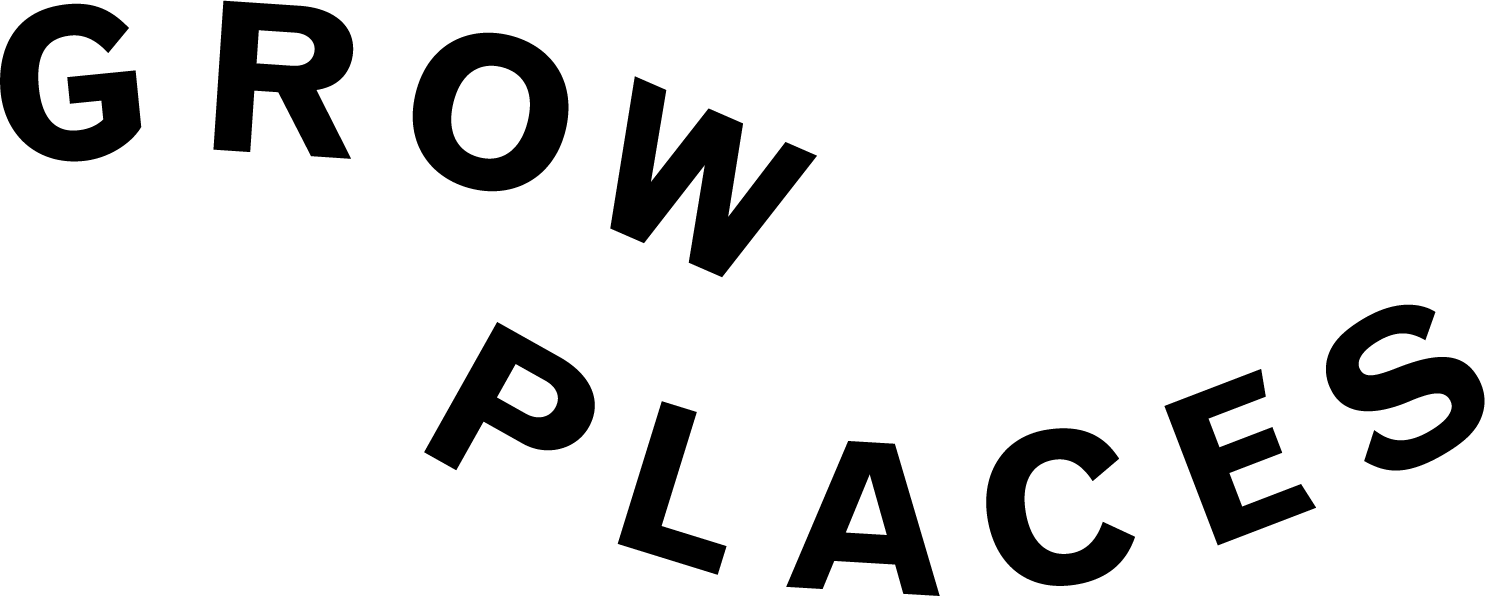Can We Stop Designing for Use, and Start Designing for Meaning?
“The difference between a good space and a bad space can be the difference between a good day and a bad day. In extreme cases, it can be the difference between a good life and a bad life.”
— Emily Wright, CREtech
What if the most powerful thing we could build into our cities... was care?
We plan, measure, and masterplan, but how often do we pause to ask: how does this place feel? This month, two standout conversations reframed our thinking. One with Emily Wright, journalist, content lead at CREtech, and founder of Well-Placed. The other with Tom and James Teatum, the brothers behind Noiascape and some of London’s most innovative live-work spaces.
Together, they reminded us: we can’t innovate meaningfully unless we reconnect with people’s actual lives.
At Grow Places, we talk a lot about the virtuous circle of people, growth and place. But that circle starts with purpose, and purpose doesn’t show up on most feasibility studies.
Emily Wright: Human-Centred by Default, Not Design
"Real estate isn’t niche. Do you live in a building? Do you work in one? Then it touches you. It’s everything.”
Emily brings an unusual vantage point, part industry insider, part outsider storyteller. She’s been in the game over 20 years, first as a long-time editor at EG, now as Head of Content at CREtech, and the founder of the Substack newsletter Well-Placed. Her mission? To restore emotional intelligence to the built environment conversation.
She doesn’t romanticise buildings, she listens to them. From pop-up saunas in Nordic ports to Helsinki’s Oodi Library (where free Wi-Fi extends into public squares for schoolkids doing homework), Emily is drawn to places that solve human problems without drama or grandeur.
She’s seen the arc: well-being went from being dismissed as “soft” to becoming a driver of value. But it still risks being tacked on as a bolt-on, not baked in as a foundation.
“We’ve overformalised space. But life isn’t formal. And design shouldn’t be either.”
The Teatums: Where Buildings Don’t End at Handover
“We don’t design homes. We design the lives that can happen in them.”
Tom and James Teatum have been through the whole cycle, architects, developers, operators. What emerged was Noiascape: a vertically integrated, culturally alive real estate model that reimagines what housing can be.
Their developments are in-between spaces. Not just places to sleep or work, but frameworks for connection. Think supper clubs, art residencies, guest chef takeovers. Their buildings aren't just activated; they’re hospitable.
They question briefs like philosophers:
Why five en-suites, when one great shared kitchen could spark a community?
Why accept planning frameworks that produce isolated lives?
Why build for private comfort at the expense of public richness?
“Where two things meet, something else happens.”
And so, they build for that meeting point. That's magic.
Grow Places Reflections: The Future Is Informal - and That’s a Good Thing
The best places we know don’t feel finished. They feel alive.
Emily reminds us how children make magic from nothing, turning cushions into castles. Tom and James show us how curated informality, not luxury, is the new aspiration. And both reinforce a truth we return to often:
A great place isn’t just technically functional. It’s emotionally generous.
We believe places should:
Be open-ended: Ready for life to rewrite them.
Be stitched into context: Welcoming to both insiders and passers-by.
Invite agency: Not just accommodate but invite people to shape their experience.
The Real Challenge: Can We Stop Designing for Use, and Start Designing for Meaning?
Because this isn’t just about the carbon, or the density, or the mix of units. It’s about what kind of society we’re rehearsing in our buildings.
Are we creating closed loops, or open invitations?
April Takeaways
Design for Improve
The best places aren’t scripted; they evolve through use.
Publicness Is the New Luxury
If your project doesn’t give something back to the neighbourhood, it’s missing the point.
Don’t Just Deliver - Host
Buildings need managers, yes. But great places need hosts.
Rethink the Brief
Planning policy is a baseline, not a blueprint for human flourishing.
A Note to the Industry
Are we brave enough to be less polished?
Because the future of cities might just lie in how unfinished they feel, in their ability to absorb change, invite play, and make room for meaning/purpose.
At Grow Places, that’s what we’re here for. Let’s build not just for compliance, but for contentment.
Get in touch—let’s build emotionally intelligent places, together.

